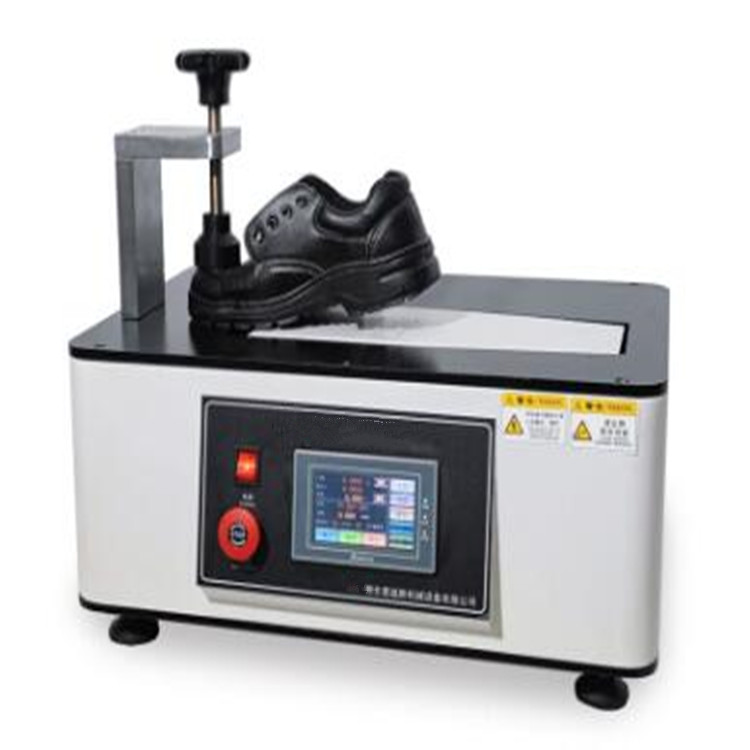Shoe bending Angle tester
Shoe Bending Angle Tester: Key Features & Technical Insights
The Shoe Bending Angle Tester is a critical device for assessing footwear flexibility and durability, ensuring compliance with industry standards. This guide outlines its applicable standards, key parameters, operating principles, and test methodologies.
Applicable Standards
The tester adheres to international norms such as ISO 20344, SATRA TM144, and ASTM F2892, which define bending resistance requirements for safety footwear. These standards specify test methods, angle ranges, and pass/fail criteria to evaluate shoe performance under simulated use.
Main Parameters
| Parameter | Description |
|---|---|
| Bending Angle Range | 0°–90° (adjustable in 1° increments) |
| Testing Speed | 5–60 cycles/min (programmable) |
| Load Capacity | Up to 500N (configurable per standard) |
| Dimensions | Compact design (300×400×500mm) |
| Data Output | Real-time graphs, PDF/Excel reports |

Working Principle
The tester employs a servo-driven rotary table to bend shoe samples at a controlled angle and speed. A load cell measures the force required to flex the shoe, while displacement sensors track deformation. The system integrates PLC control and software analysis to automate testing cycles and generate precise results.
Test Principle
Sample Preparation: Secure the shoe to the fixture, aligning the flex line with the bending axis.
Cycle Execution: The shoe is repeatedly bent to the target angle (e.g., 90° for safety boots) at a set speed.
Data Analysis: Software calculates bending stiffness (N·m/rad) and identifies failures like delamination or crack formation.
This tester enables manufacturers to optimize shoe design, ensuring comfort, safety, and adherence to global quality benchmarks.

